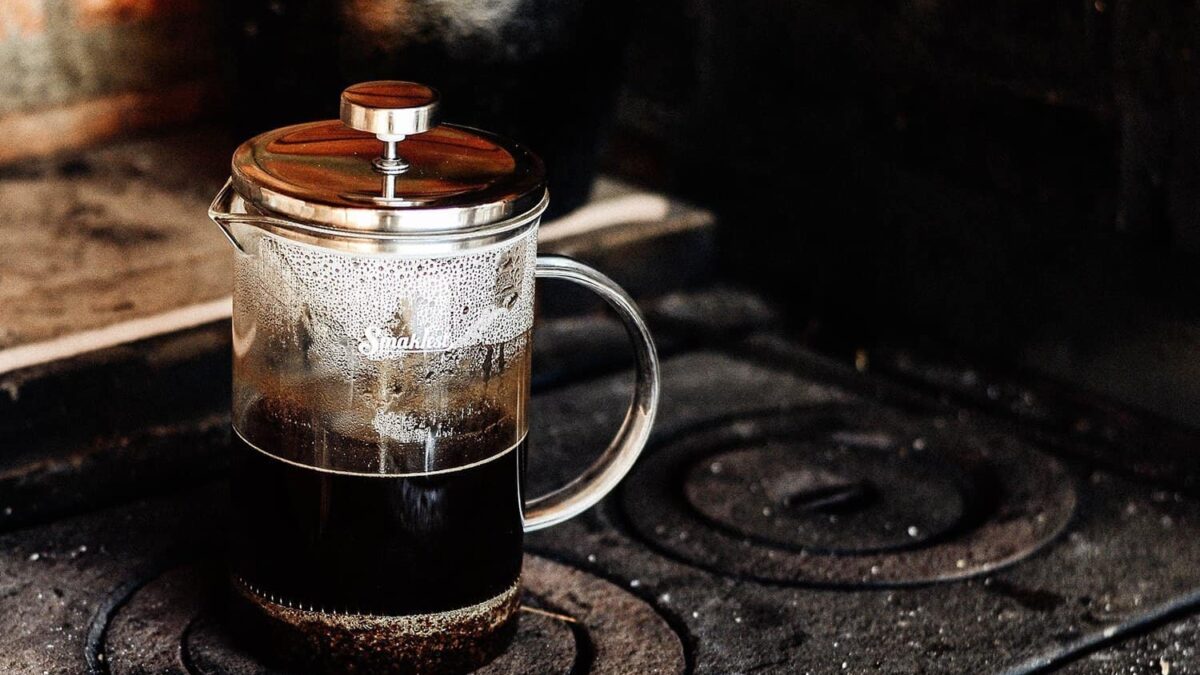
How to...
Also known as the French Press, the cafetière is one of the world’s most popular methods for brewing coffee. It’s simple, affordable, and classy – and guess what – it can make a beautiful cup of joe.
It’s one of the more social methods of brewing, as unlike an AeroPress for example, it can make a few cups at a time. And it doesn’t make noise or need power to run.
A good cafetière will last a while, so it’s worth spending a few extra pounds for a good quality unit with a decent capacity.
Wondering how to make the perfect French press coffee? Read on to find out.
That means the jug as well as the filter, to make sure no stale grounds are clogging up the filter. You can give it a quick rinse and scrub after each use, but every once in a while, unscrew the filter components and wash them separately to make sure.
Rinse it with warm water before using it too, so you get an even temperature distribution. If it’s been stored in a particularly cold place (some kitchen cupboards can get very cold) this is important to stop the quick temperature change from cracking the glass.
Use coarse ground coffee, as fresh as possible. 6-8 grams (two generous tablespoons) per cup, but in an ideal world, get your scales out, and use the golden ratio of 60 grams of coffee per litre of water (so for 500ml, you use 30g, 250 ml is 15g etc). This part you definitely want to get right, otherwise your brew might turn out watery or overly strong. We make cafetière grinds of all our coffees so you’ll always be safe.
Use filtered water, just off the boil, from a clean kettle or pot. You can get away with tap water, but we’re aiming for perfection here. Calcium, fluoride and chlorine, even in small amounts, can alter the flavour of the cup, so filtered is a winner. Too hot and it’ll ruin the delicacy of the coffee flavours – too cold and, well, nobody likes a lukewarm coffee, do they? You should also pre-heat the cup or mug you’re using as a cold cup = cold coffee (well, it’ll get cooler quicker)
With the grounds in the pot, slowly pour some of the hot water in while stirring with a spoon, give it a minute, then add the rest of the water. Replace the lid and plunger and sit it on top.
Now, we wait. Experts reckon four minutes is best – no more, no less. Leaving it any longer will over-brew it.
Once the time is up – plunge!
Slowly press the handle downwards, making sure not to spill it over the sides. When it gets to the bottom, your job here is done.
Pour it into cups immediately, and enjoy.
At this point you’re free to throw in whatever it is that makes it yours: milk, dairy alternatives, even a sugar (if you really must). For the purists, though, if you want to keep the flavour intact, keep it black. Enjoy.